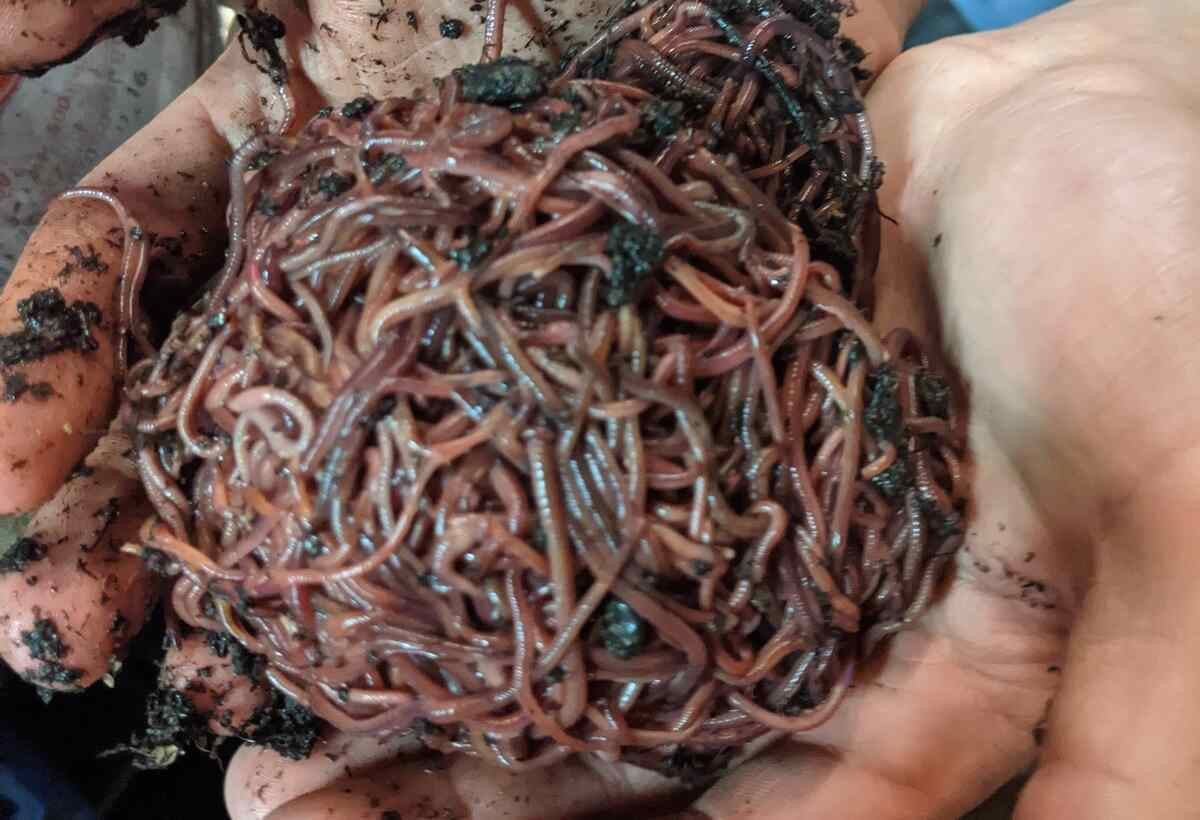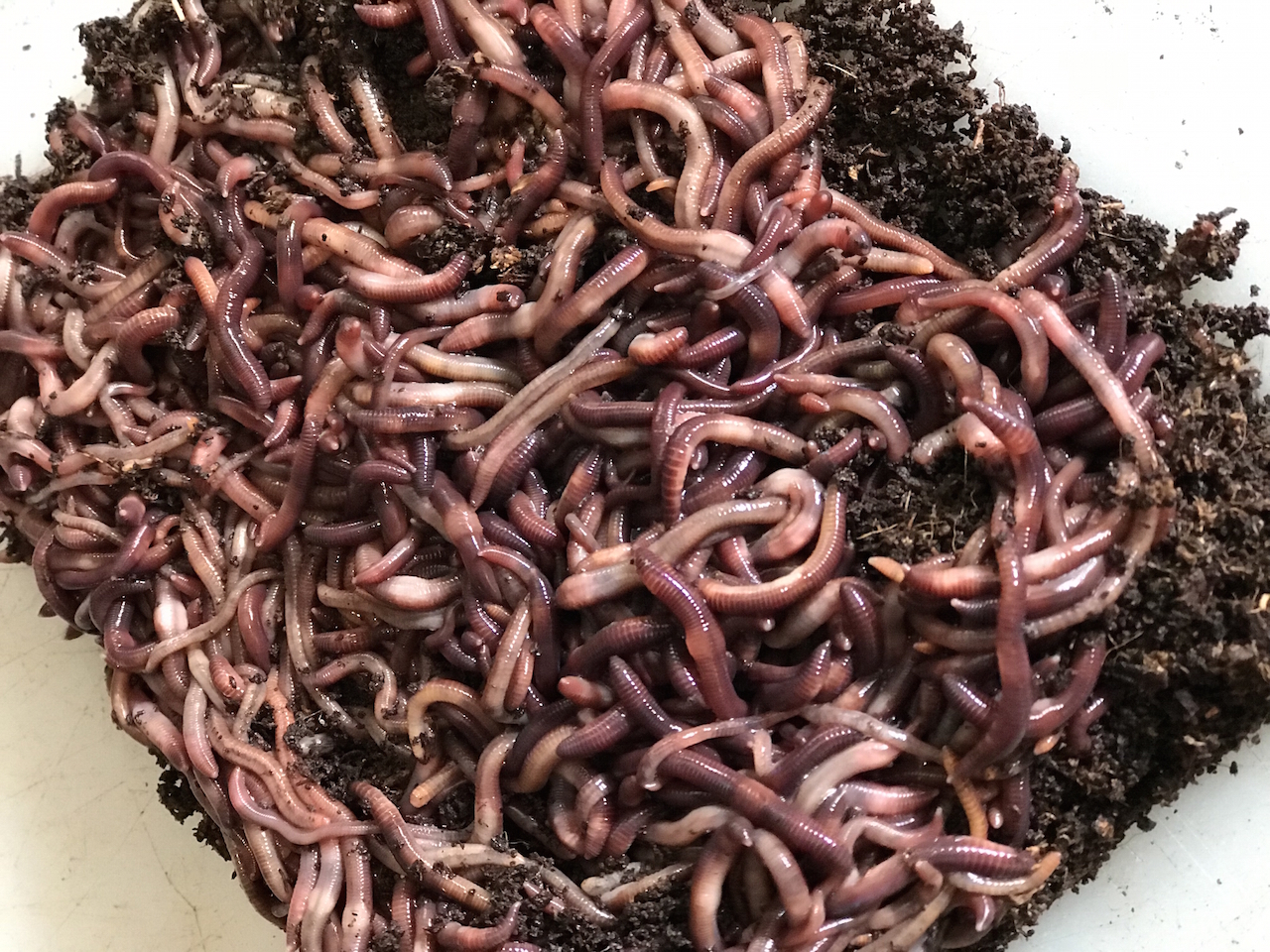Find the Best Products for Lawn Care with Red Wiggler Express for Thriving Lawns
Find the Best Products for Lawn Care with Red Wiggler Express for Thriving Lawns
Blog Article
Unlock the Tricks of Red Wigglers: Your Overview to Composting Success
The combination of red wigglers into composting methods provides a considerable opportunity for boosting dirt health and promoting sustainability. These organisms are not merely effective recyclers of organic waste; they use a myriad of benefits that can transform yard management. Recognizing their requirements and actions is vital for optimizing their possibility, from establishing an ideal worm bin to feeding them the right materials. As we explore the essential elements of successful vermicomposting, one might ask yourself how these tiny creatures can lead to a much more vibrant and efficient yard ecological community.

What Are Red Wigglers?
(Red Wiggler Express)Red wigglers, clinically referred to as Eisenia fetida, are a varieties of earthworm mainly used in composting because of their exceptional capability to decay raw material effectively. These worms are identified by their reddish-brown pigmentation and a segmented body, commonly gauging between 3 to 4 inches in size. Unlike various other earthworm varieties, red wigglers thrive in rich, organic settings, making them perfect for vermicomposting systems.
Native to The United States And copyright, they are commonly located in decaying leaves and compost heap, where they play an important role in nutrient recycling. Their adjustment to residing in a damp, cardio environment allows them to eat big amounts of natural waste, damaging it down into nutrient-rich spreadings that enhance soil health.
Red wigglers replicate quickly, with a single worm capable of generating several cocoons each week, each including numerous hatchlings. Understanding the biology and behavior of red wigglers is crucial for maximizing their possibility in composting applications.
Advantages of Making Use Of Red Wigglers
Harnessing the power of red wigglers in composting uses numerous benefits that boost soil health and wellness and promote lasting waste administration. These remarkable microorganisms efficiently damage down natural matter, transforming cooking area scraps and backyard waste right into nutrient-rich vermicompost. This completed product is incredibly beneficial for plant development, as it improves dirt structure, raises moisture retention, and boosts vitamins and mineral schedule.

(Red Wiggler Express)In addition, the presence of red wigglers in your composting system can accelerate the composting process, creating high-grade compost in a portion of the moment contrasted to traditional techniques. The castings created by these worms are additionally teeming with helpful bacteria that further enhance the soil environment.
Setting Up Your Worm Bin
Producing an efficient worm bin is an uncomplicated process that can considerably enhance your composting initiatives. Worm containers can be made from plastic storage bins, wooden boxes, or commercially readily available worm containers.
Following, prepare the bed linen product, which offers as the worms' habitat. A mix of shredded paper, cardboard, and coconut coir functions well, offering a comfortable setting for the worms. Goal for a bedding deepness of concerning 4-6 inches. Dampen the bedding gently, ensuring it resembles a damp sponge without excess water pooling near the bottom.

Feeding Your Red Wigglers
To make sure the health and productivity of your red wigglers, it is vital to give them with a balanced diet regimen that fulfills their nutritional requirements. Red wigglers flourish on a diverse variety of organic products, which not only supply essential nutrients however likewise advertise efficient composting.
Beginning by incorporating cooking area scraps such as vegetable peels, fruit cores, and coffee grounds. Avoid citrus fruits, onions, and garlic, as these can be destructive to worm health. Additionally, present shredded paper, cardboard, and completely dry fallen leaves to develop a well-aerated setting.
Feeding frequency ought to be checked; typically, worms can consume half their body weight in food weekly. It is important to stay clear of overfeeding, as excess food can cause unpleasant smells and draw in insects. A great method is to add food in tiny amounts, enabling worms to refine it before presenting more.
Keeping wetness levels is also essential; the bed linens must be wet however not soaked. Lastly, be certain to frequently check the temperature and pH levels of the bin to make sure an optimum setting for your red wigglers, ultimately boosting their composting performance.
Harvesting and Using Garden Compost
A successful composting procedure with red wigglers culminates in the abundant, dark garden compost referred to as vermicompost, which can significantly improve dirt health and wellness and plant growth. Gathering this nutrient-dense product commonly happens every three to six months, depending upon the size of your system and the amount of natural issue being processed.
To collect, carefully different the garden compost from the worms and any undecomposed products. One efficient method includes moving the components of the bin to one side and adding fresh bed linen and food to the empty space, urging the worms to migrate. After a couple of days, the garden compost can be collected from the contrary side.
It is necessary to utilize vermicompost appropriately to maximize its advantages. It can be utilized as a top clothing for yard beds, blended into potting soil, or made into a nutrient-rich liquid fertilizer referred to as "worm tea." This application technique aids to supply necessary nutrients directly to plant roots, advertising healthier development. By including vermicompost into your gardening routine, you not only recycle natural waste yet additionally develop a flourishing environment that supports lasting gardening methods.
Conclusion
In summary, red wigglers work as extraordinary allies in composting initiatives, changing organic waste into nutrient-rich vermicompost (Red Wiggler Express). Their special organic qualities and reliable waste handling capacities add substantially to lasting gardening methods. By recognizing the optimal problems for their habitat, feeding requirements, and garden compost harvesting strategies, garden enthusiasts can boost dirt health and advertise plant vitality. Accepting vermicomposting not just minimizes discover this info here garbage dump waste however additionally cultivates a more environmentally accountable technique to horticulture and resource monitoring.
Report this page